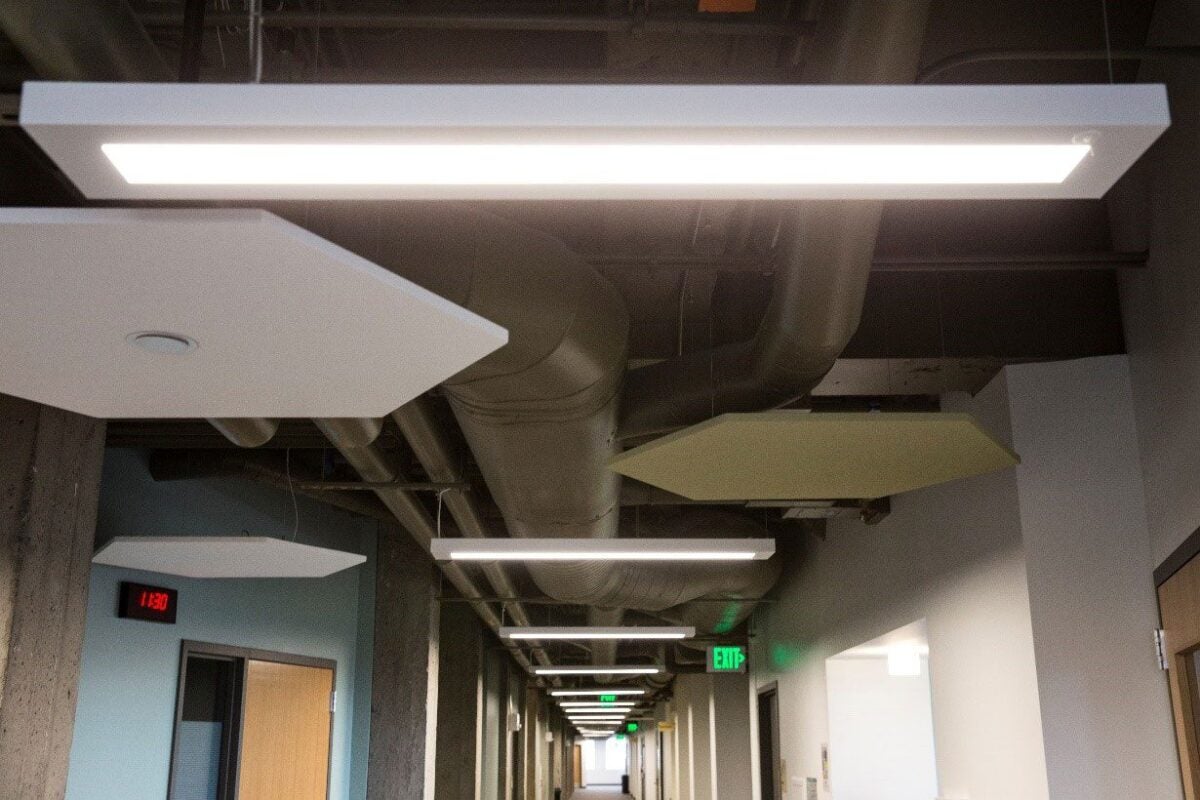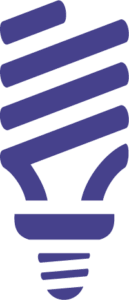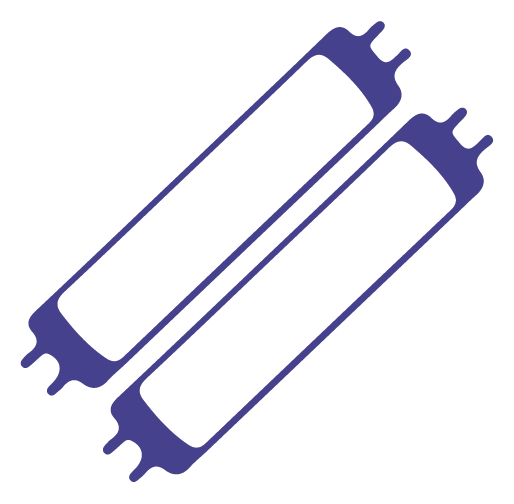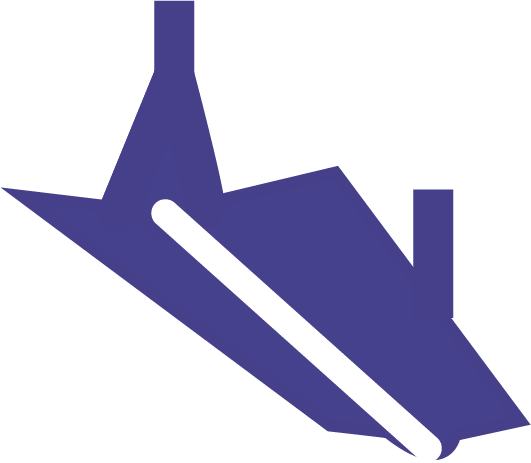Lighting
NEEA works across the commercial lighting market to ensure that Northwest homes and businesses see the benefits of energy-efficient lighting technologies.

Lighting the Way to Innovation
Lighting is everywhere, illuminating every home and building in the Northwest. This widespread use presents a significant opportunity for energy savings. Since its origination in 1996, the Northwest Energy Efficiency Alliance (NEEA) has been a pioneering force in advancing energy-efficient lighting solutions across the Northwest. Through strategic partnerships, innovative programs, and dedicated efforts, NEEA has transformed the lighting market, leading to significant reductions in energy consumption and fostering widespread adoption of efficient lighting technologies.
Lighting technology has advanced rapidly in the past 20 years. The alliance’s initiatives have driven the adoption of cutting-edge technologies, improved product availability, and raised consumer and market awareness, making efficient lighting a cornerstone of regional energy efficiency. This overview highlights the key milestones and impactful initiatives that have shaped the industry and paved the way for a brighter, more efficient future.

1997 – 2008
The Compact Fluorescent Lamp (CFL) is an energy-efficient light bulb that uses a curved or folded fluorescent tube and integrated ballast. These products were among the first efficient light source options created to replace traditional incandescent bulbs. From 1997 through 2008, the alliance partnered with manufacturers and retailers across the Northwest to increase consumer awareness, test quality and increase the availability of ENERGY STAR® CFLs. The result was a massive success, with Northwest sales of CFL bulbs jumping from 350,000 to 6.5 million bulbs — an increase of 1,700%.

2015 – 2018
In 2015, the alliance launched a Market Transformation program aimed at transforming the region’s lamp replacement market. The goal of the Reduced Wattage Lamp Replacement program was to shift the market away from inefficient 32-watt fluorescent bulbs to more efficient 28- or 25-watt alternatives by motivating regional electric distributors to change their sales and stocking practices. Using a combination of compelling branch level sales data, special pricing agreements and incentive bonuses, the program successfully grew the market share of low wattage fluorescent lamps from 13% in 2015 to 52% by 2018.

2017 – Today
In 2017 the alliance identified Luminaire Level Lighting Controls (LLLC) as an emerging trend in commercial lighting. LLLC is a type of networked lighting control (NLC) system which integrates both sensors and load controllers into fixtures providing unparalleled flexibility, control, and energy savings. Since 2017, the alliance has demonstrated the business case for LLLC, leading to an 80% increase in qualified products and a doubling of manufacturers developing these products by 2024. Over the same period of time, sales in the Northwest grew by 360%, and LLLC is now included in industry design standards.
Continuing to Transform the Lighting Market
The journey towards widespread adoption of energy-efficient lighting continues, with ongoing efforts to advance technologies and practices. NEEA’s work in this area remains vital, as the alliance continues to push the boundaries of innovation in lighting technology. Current initiatives focus on integrating advanced lighting controls, promoting the development of new energy-efficient lighting products, and collaborating with manufacturers to ensure these technologies become the industry standard. By conducting rigorous testing, providing educational resources and fostering partnerships throughout the supply chain, NEEA is driving the market towards greater efficiency.
Improving Efficiency with LLLC
LLLC is 60–70% more efficient than non-controlled systems. But its value goes far beyond energy savings. These systems support integration with other building technologies, promote healthier and more productive work environments, and offer flexible installation and configuration options. This adaptability helps businesses stay ahead of evolving lighting standards, building codes, and technology trends, effectively future-proofing their lighting investments.
Want to see how this works in practice? Watch the video case studies below to explore real-world examples of how companies and buildings across the Northwest are benefiting from LLLC today and positioning themselves for tomorrow.
Industry Voices: Chris Gilmore
Learn how Chris Gilmore, Project Manager at VECA Electric & Technologies, specifies LLLC to meet energy codes and ensure greater flexibility, while supporting architectural visions and making maintenance easy for building owners and operators.
The Vancouver Innovation Center
In Vancouver, Washington, a former high-tech campus needed updating after decades of serving as a production facility for a well-known company. After learning about the benefits of LLLC, the Vancouver Innovation Center (VIC) upgraded their lighting system. Learn why LLLC was the right lighting solution for the VIC in this video.
Learn more about advancements in lighting at BetterBricks. BetterBricks provides commercial resources to help Northwest building professionals gain a competitive edge in the market.
Explore Other Markets
Consumer Products
NEEA’s work in the consumer products market ensures that efficient products are widely available for consumers across the Northwest and beyond.
Water Heating
NEEA’s work in the water heating market helps deliver efficient, high-performance solutions tailored for Northwest consumers that enhance everyday comfort.